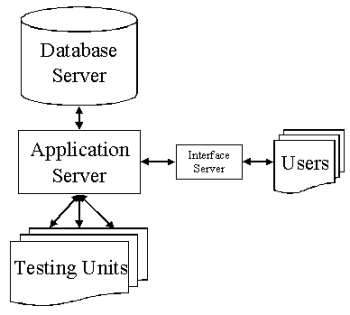Design Team Members: Michael Hermann
Supervisor: Mattias Hembruch
Background
This project concerns the building of a process control system for PC-based production testing units. PC-based production testing units use off-the-shelf (OTS) components to lower the cost of building otherwise complicated testing and data acquisition systems. Nuvation Labs, corporate sponsor for this project, has built a PC-based testing system for one of their design clients, and is interested in developing a complete system to manage, control, and monitor over 5000 individual units in a production environment. Motivated by the desire for innovative products and customer-oriented solutions, Nuvation Labs is sponsoring the development of the process control system as both a customer-specific solution and a general, re-deployable product. The specific customer's needs are providing a directed focus for user requirements and design criteria and constraints. The product concept provides a focus for creative design, system flexibility, and system marketability. This project is a real-world product, involving real companies and real dollars.
This project has two objectives:
-
Create a design and prototype for the specific client situation with Nuvation Labs, and
-
Design a product which is a re-useable, customisable solution that can be deployed for many potential clients.
Project summary
A general description of the architecture for this system would be 3-tiered, distributed, and application-server based. This system is considered distributed since processing occurs across multiple machines, and more importantly because no central controlling server will exist. Any number of application servers could exist, each responsible for "managing" any number of client units, which could change at any time. Each application server would have an associated interface server. This decentralised approach improves scalability, provides redundancy, and provides load balancing deployment options. Client units can be implemented in any way using PC-based technologies, as long as they interoperate with the prescribed system architecture. This system will use technologies such as message-oriented communications, Enterprise Java Beans, Java Servlets, a relational database, and a host of other modern computing components.
